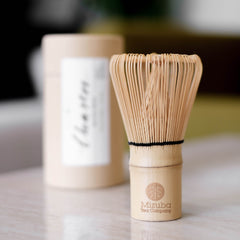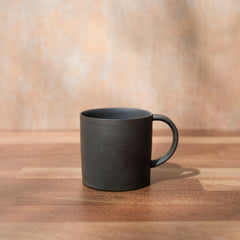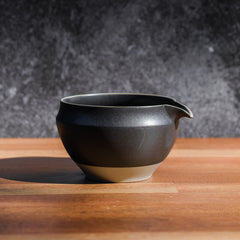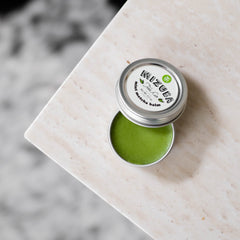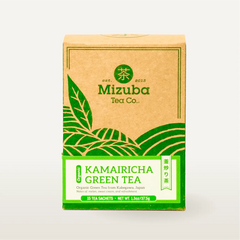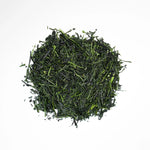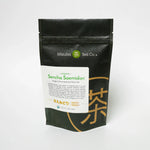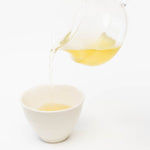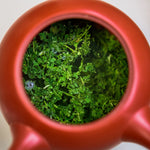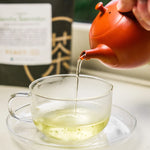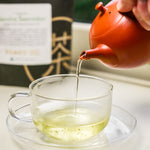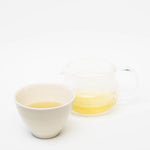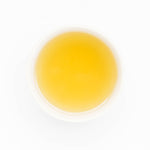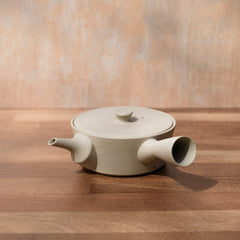

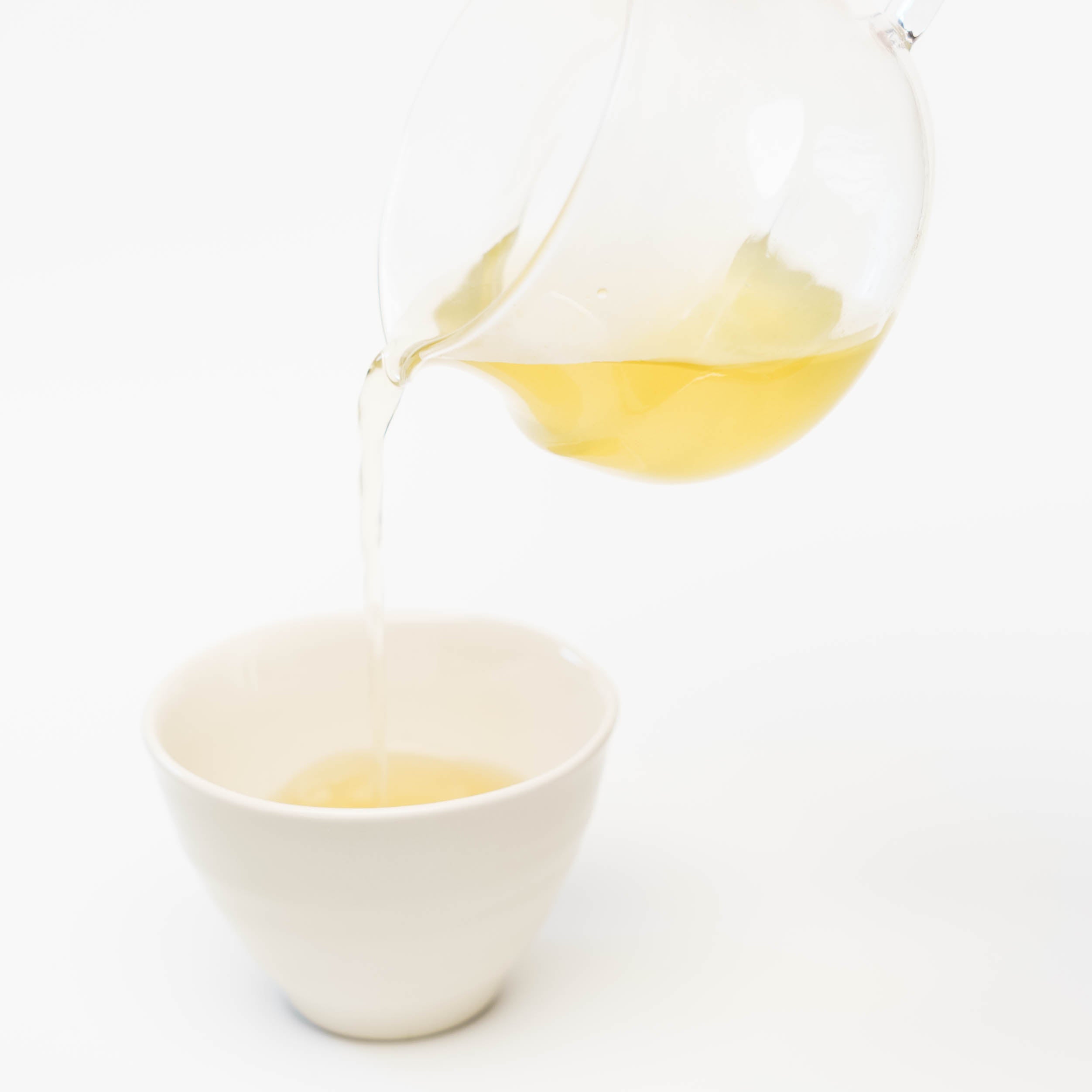
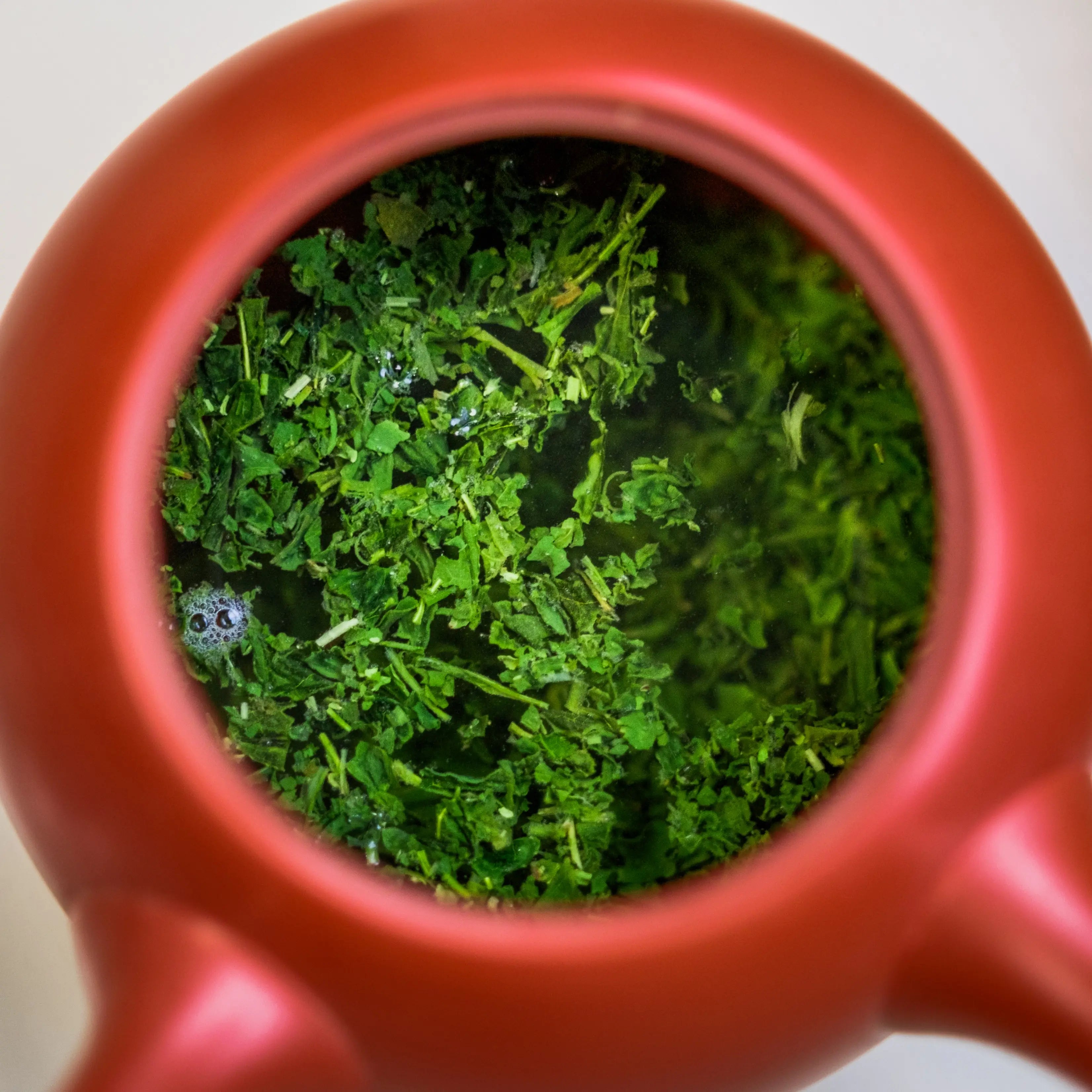

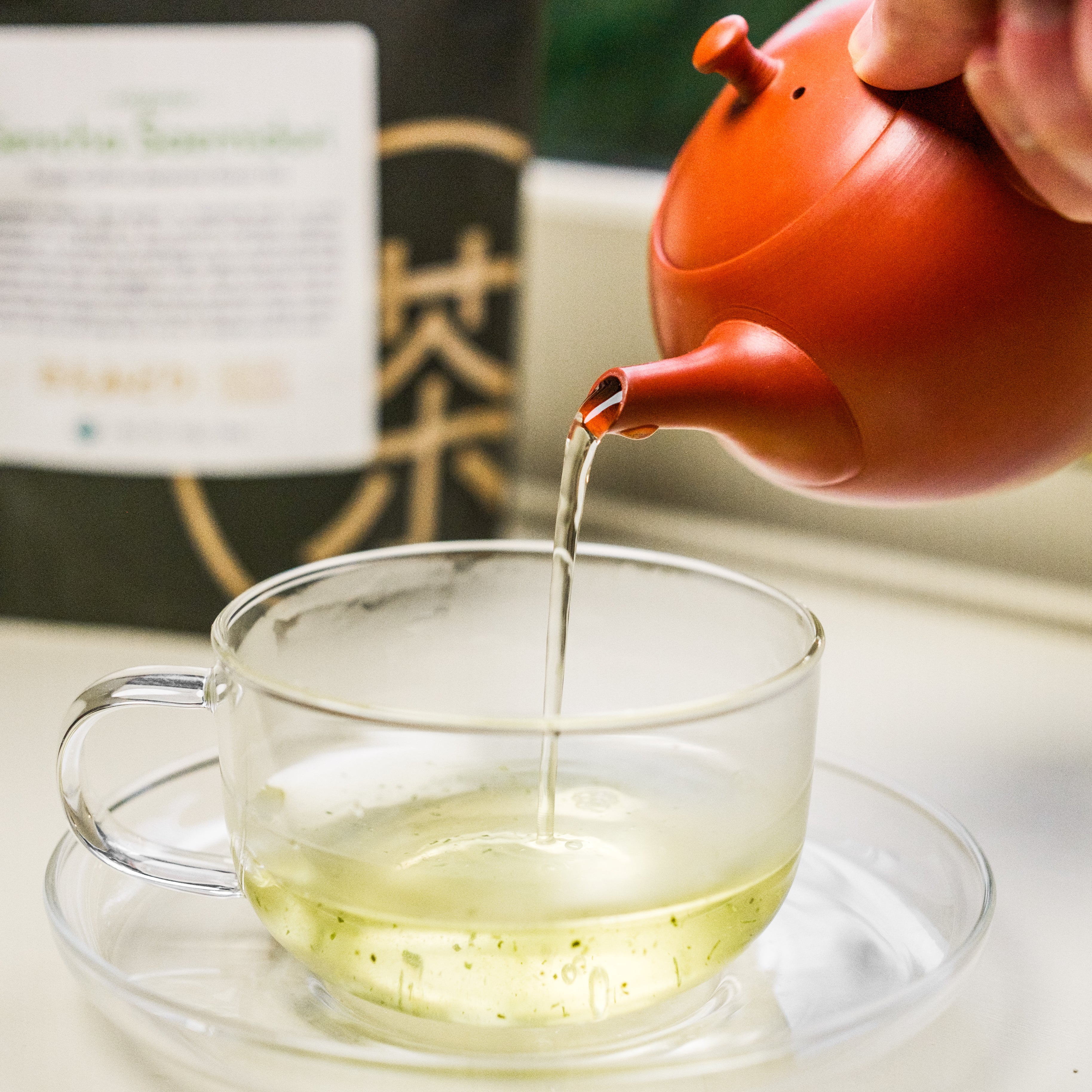
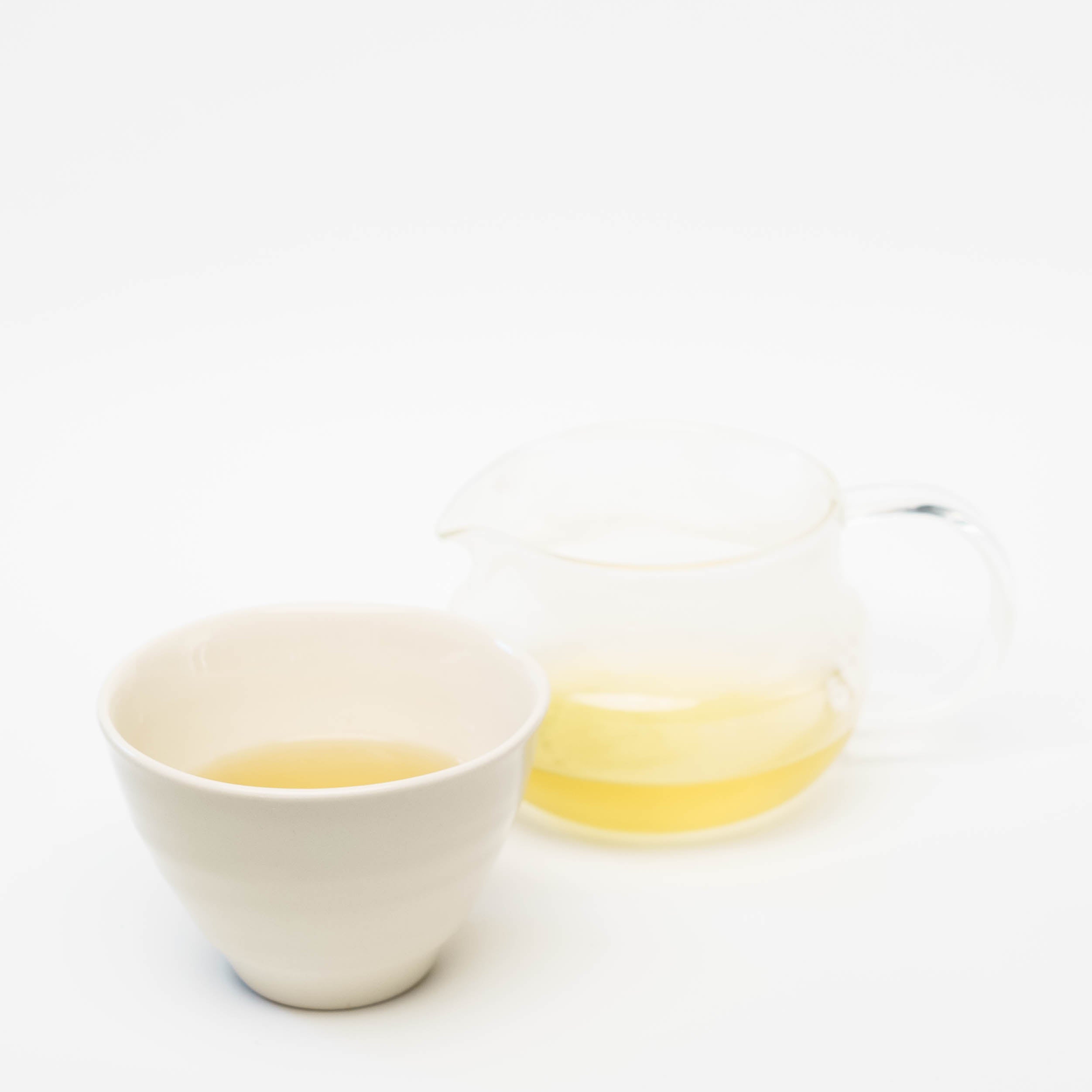
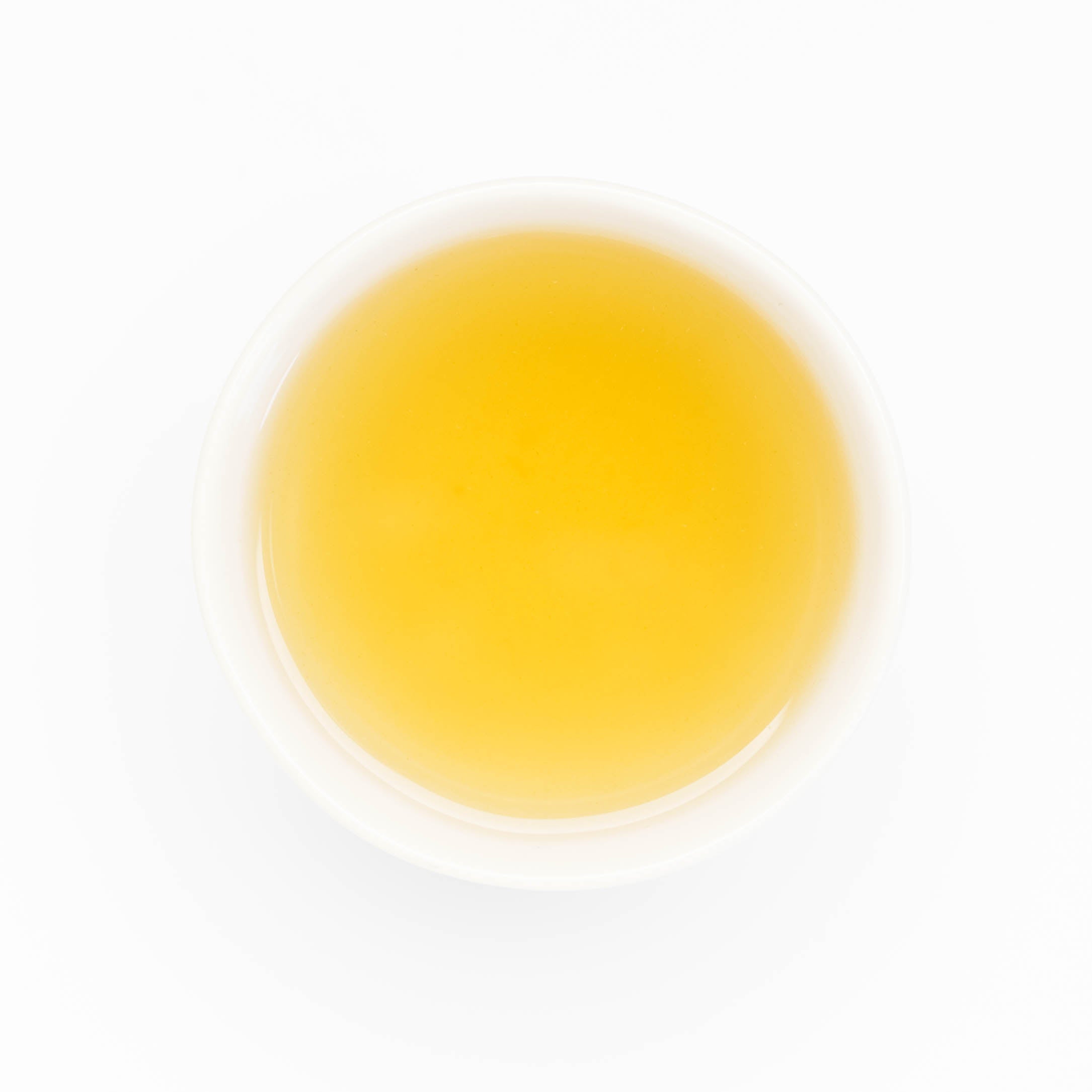
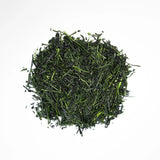
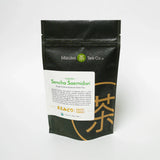
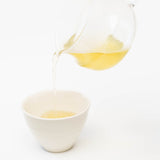
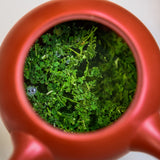
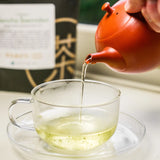
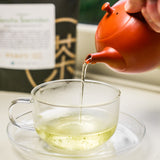
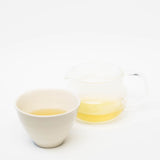

Organic Sencha Saemidori
- Description
- Tasting Notes
Saemidori cultivar is known for its high amino-acid content and umami with little astringency. Mizuba's loose-leaf sencha Saemidori features incredibly sweet, elegant aromatics with notes of ripe melon and bright citrus. The tea's brew is a deep yellow cream in color that results in a structured, rich, and deeply savory flavor.

What is Sencha?
Sencha is the most ubiquitous tea found in Japan, but for good reason — it exemplifies the one-of-a-kind umami flavor that epitomizes the heart of Japanese taste. Sencha illustrates the harmonious balance of sweetness, astringency, umami, and bitterness. Even its translation hints to its ubiquity: "sen" means "to infuse" while "cha" means "tea," so sencha in totality translates to "brewing tea." Invented in the 18th century in Uji, Japan by Soen Nagatani, the tea leaves are dried, steamed, and rolled into their characteristic needle shape. A fairly versatile tea, sencha can be brewed & enjoyed in a myriad of ways depending on personal preference.
Brew Guide:
Amount: 6g (2tsp) Sencha
Water: 180ml (6oz) of 160º-175ºF water.
Time: 30 seconds - 1 minute, or up to 2 minutes depending on your preference. You may also try hotter temperatures for shorter periods of time. You'll experience a range of flavors. Using the guide above will give you a sweeter cup, while the hot water/short time brew method will extract more vegetal notes. Experiment!
Make Iced Tea: Our sencha is great for both slow ice-steeping and cold brewing. Learn 3 different methodologies to make iced tea here.
Aroma: elegant and sweet
Flavor: a deeply savory tea with rich texture, but you may get a hint of sweet pineapple and salty minerality.
Pairs Perfectly With:
Store in a cool, dark location. Best consumed within 3 months.
Organic Sencha Saemidori
Brew Guide

180ml (6oz)

6g (2tsp) Sencha

160º-175ºF

1-2 minutes
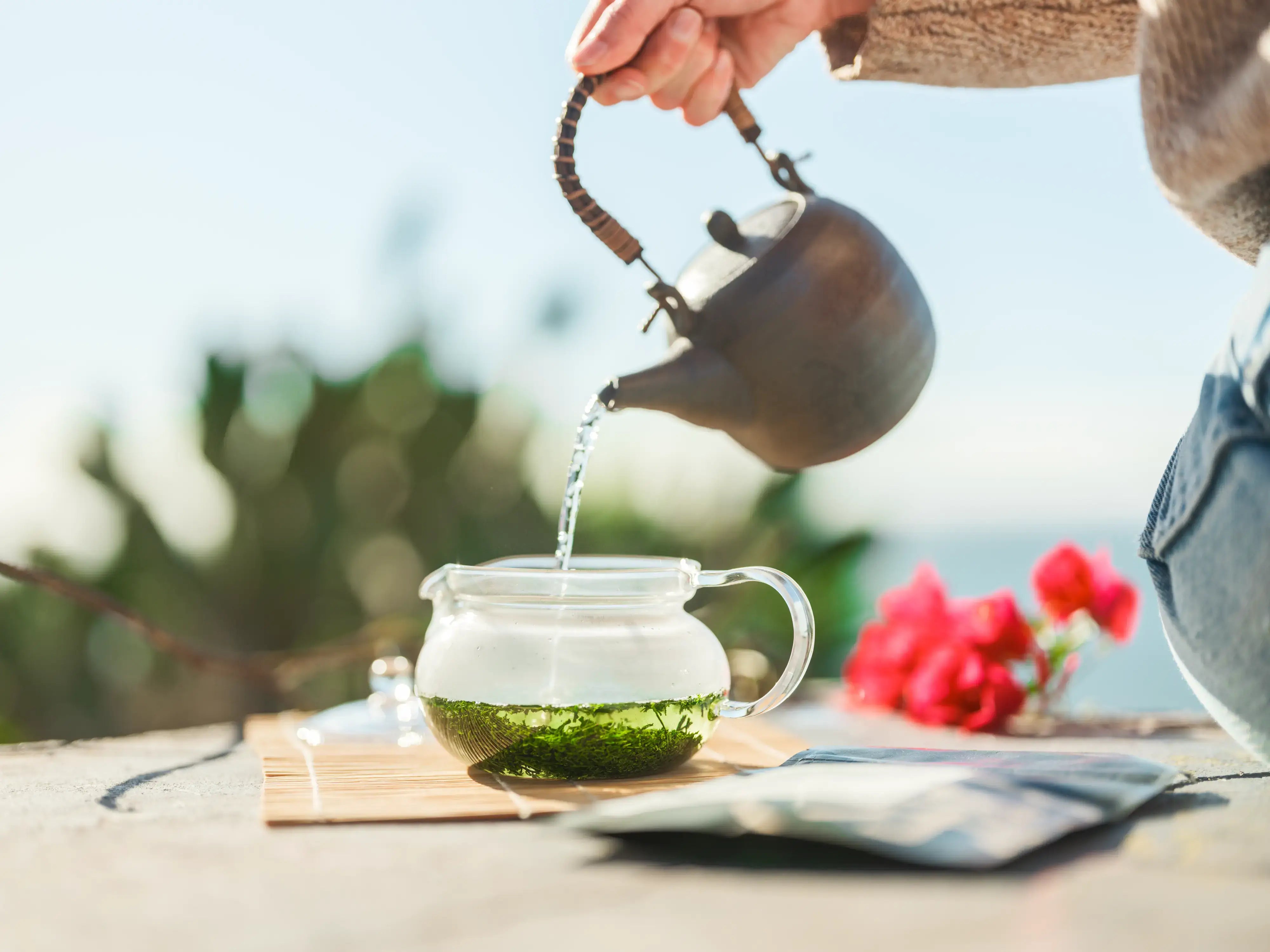
Tea Details:
Location: Satsuma Town, Kagoshima.
Harvest Season: Early Spring, Shincha season - April.
Cultivar: Saemidori!
Process: Once the first flush (shincha / ichibancha) is ready to harvest in the spring, the leaves are diligently gathered — most often this will be the bud with 2 or 3 leaves of new growth. To create our sencha, the leaves are steamed (Chumushi, normal steaming), dried, cooled, rolled into shape, sorted, and then rolled a final time.
History of Saemidori Cultivar:
Saemidori is native to Kagoshima and officially registered as a cultivar in 1990. Saemidori means "clear green" in Japanese and is a cross between the Yabukita and the high-quality Asatsuyu cultivar. Over the years, the cultivar has been favored by producers growing tea for competition, and you'll often find prize-winning teas made from this cultivar. In the field, Saemidori flushes a little earlier in the Spring season after the main Yabukita flush. Saemidori produces a medium-high yield and accounts for about 4% of tea production today.
Why are cultivars important? Tea farmers learned how to preserve favorable characteristics of tea plants and propagate the cuttings to become the cultivars we know today. Characteristics in tea that farmers might try to preserve include what time in the season the plant buds (early, in the middle of spring, later in the year, etc), how hardy and resilient the plant is to a particular climate or disease, and of course, what it tastes like. The key is to preserve a tea plant that is "stable" and reliable in what the producer wants to grow year after year.

- Related products
- Recently viewed
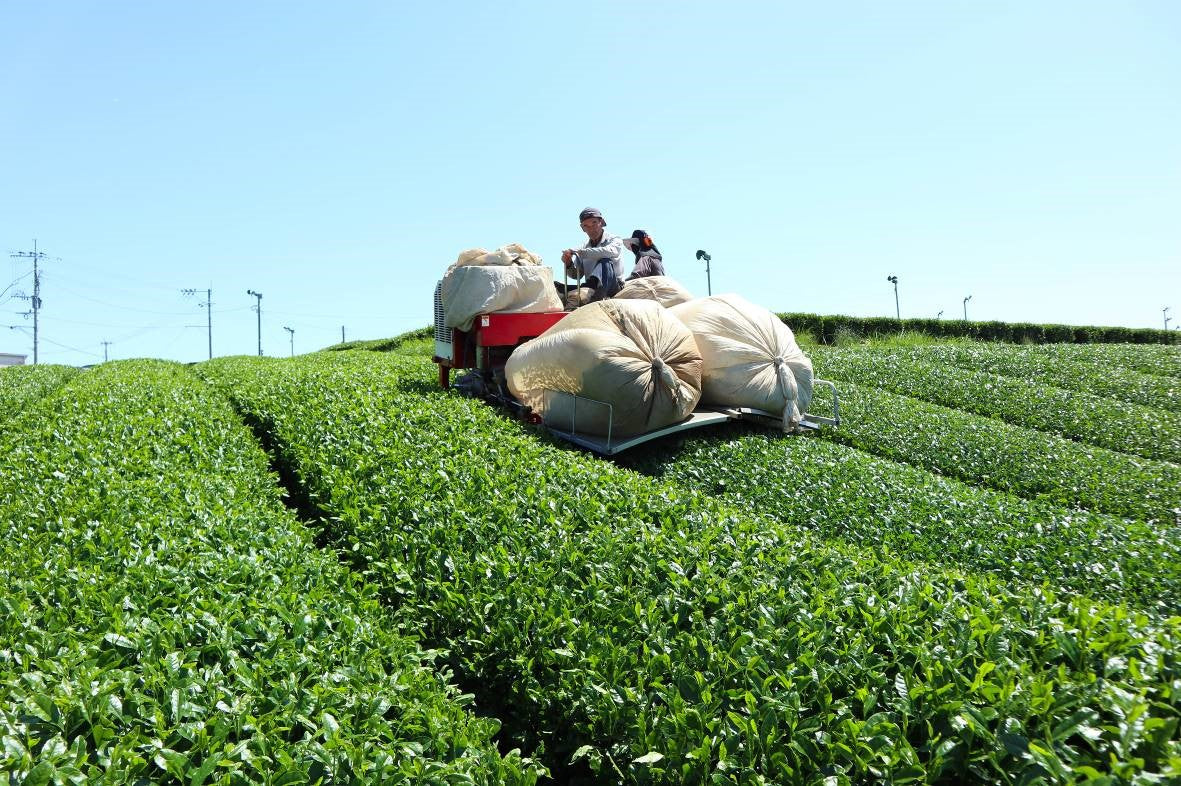
Featured post
A Guide to Harvesting Tea Leaves: An Essential Process in Japanese Green Tea
As with all processes in crafting Japanese green tea, harvesting tea leaves is an intricate skill that takes years to master. Much of the year is dedicated to the elaborate...


